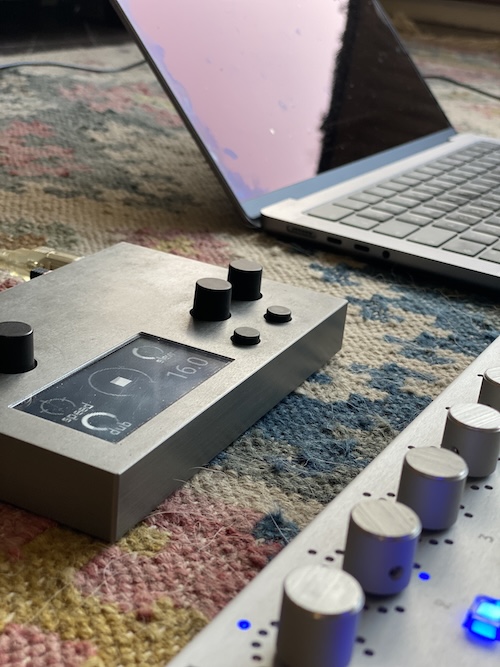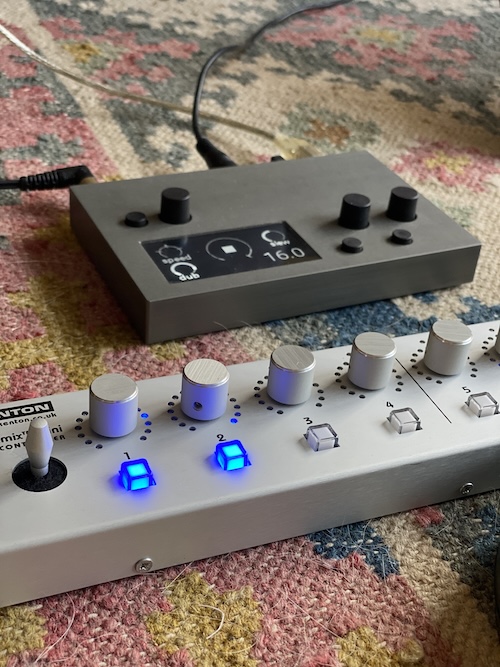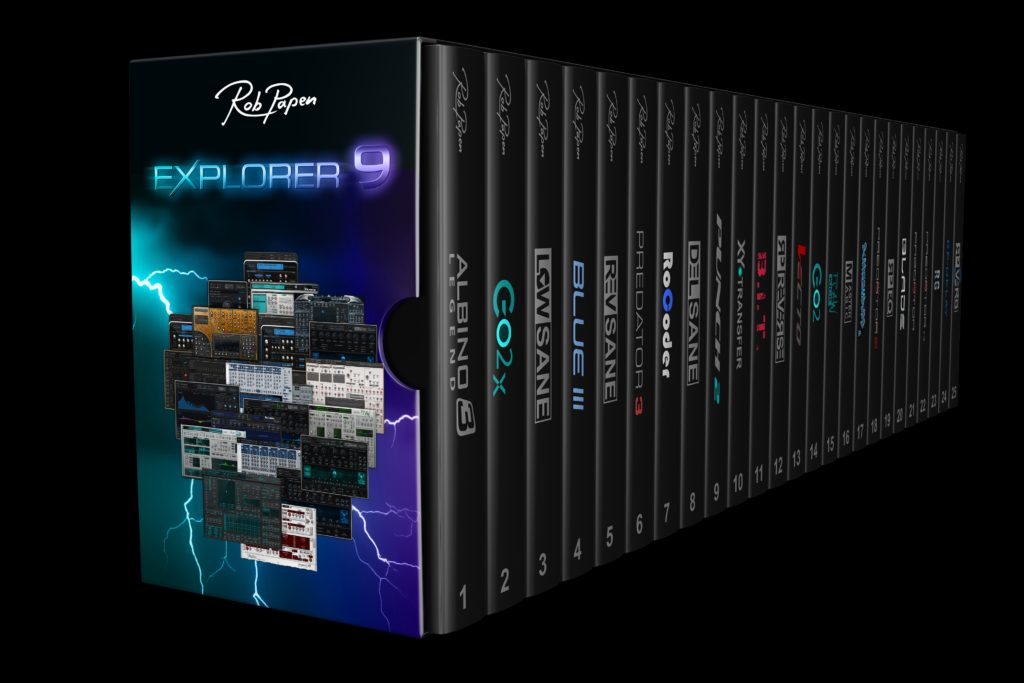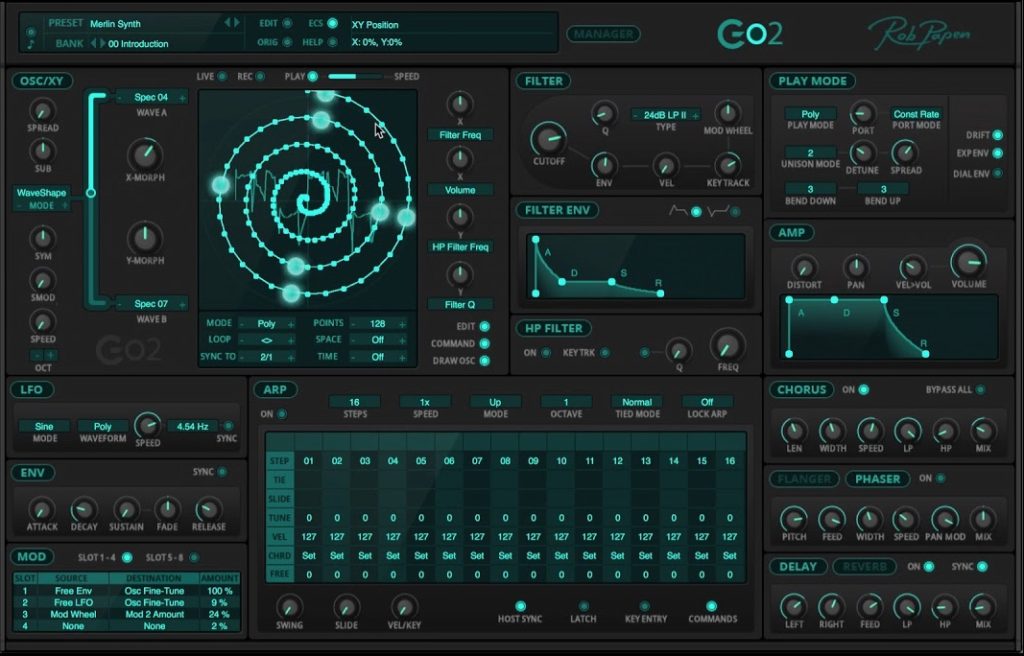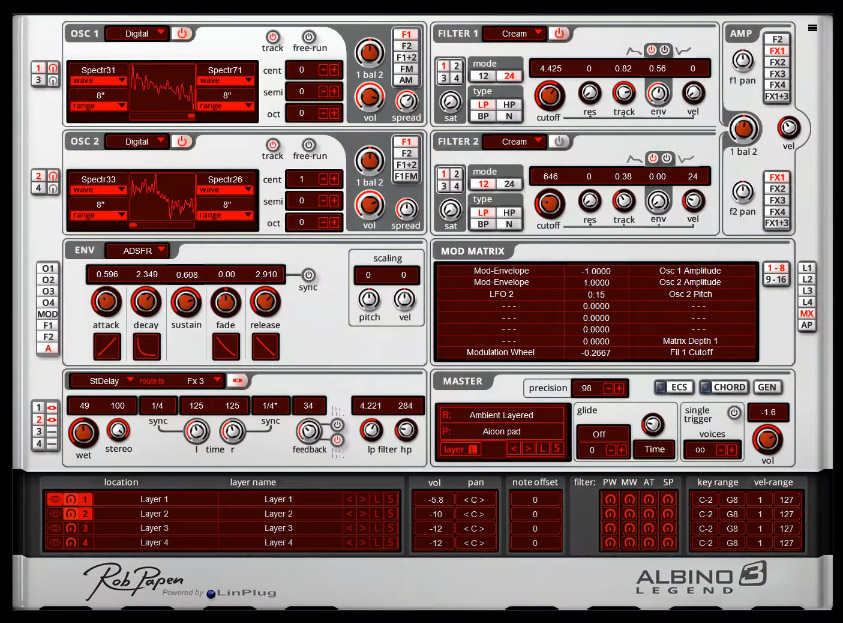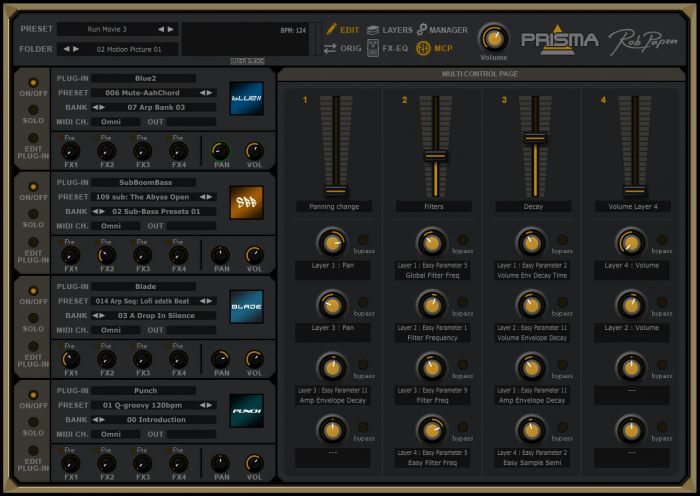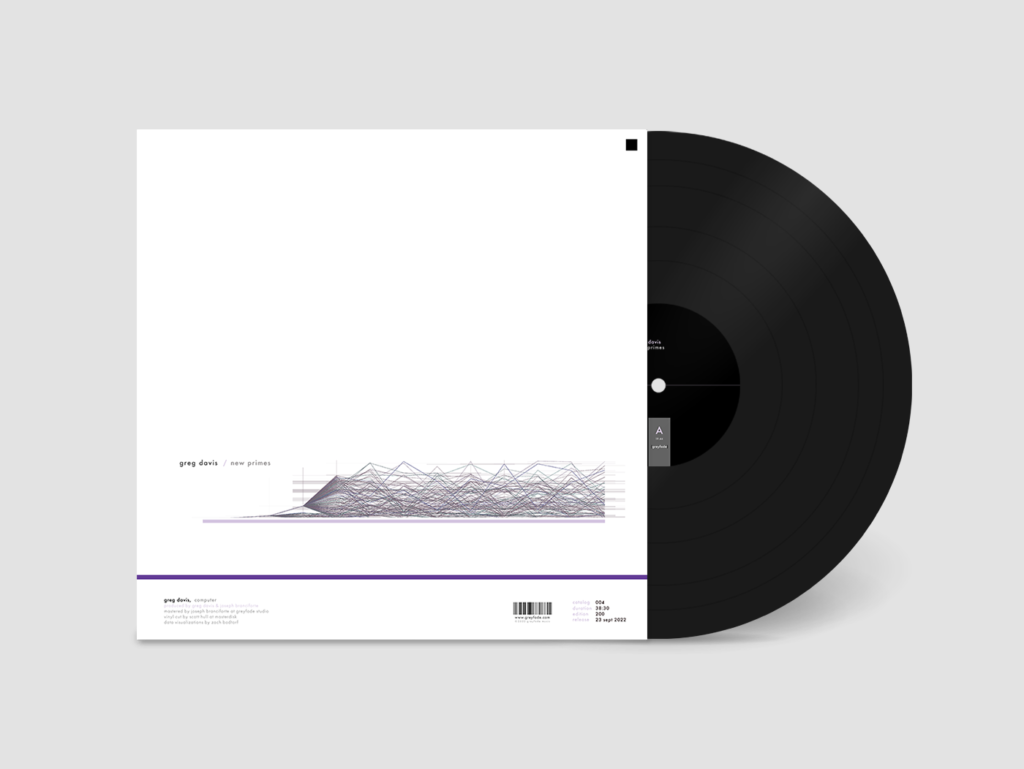
The Crow Hill Company is a new audio instrument company led by Christian Henson, formerly of Spitfire Audio and an established filem music producer/sound designer in his own right. I’ve been following Spitfire Audio since their inception and own many of their instruments, the ones I still tend to gravitate toward are the more off-piste offerings, such as their amazing Dust Bundle plugins (the v1, not v2 which sucked in comparison), not to mention their free offerings.
So it was amazing to see The Crow Hill Company following this tangent in earnest, already putting out some VERY interesting and unique paid and free instruments.

String Murmurations caught my ear as I’d stumbled across a little demo of it on their youtube channel and it instantly sounded different to the ‘usual’ orchestral plugins (which obviously have their place, but how many 50+ gig orchestral libraries does one need?).
On installing, the first thing that jumped out was the interface – very clean, fun and inviting-looking parameters and a huge one for me: not hindered by “that” ubiquitous and frankly tired Kontakt wrapper! (I still loath automating params on Kontakt)
Secondly, running multiple voices on this only hits around 9% on my i9 MacBook pro, which seems insanely efficient, considering the sound quality and sample lengths here are both high! Whether this is a result of not using Kontakt and their own backend optimisations, I have no idea, but hats off to them for this, as not everyone has the latest and greatest machines.
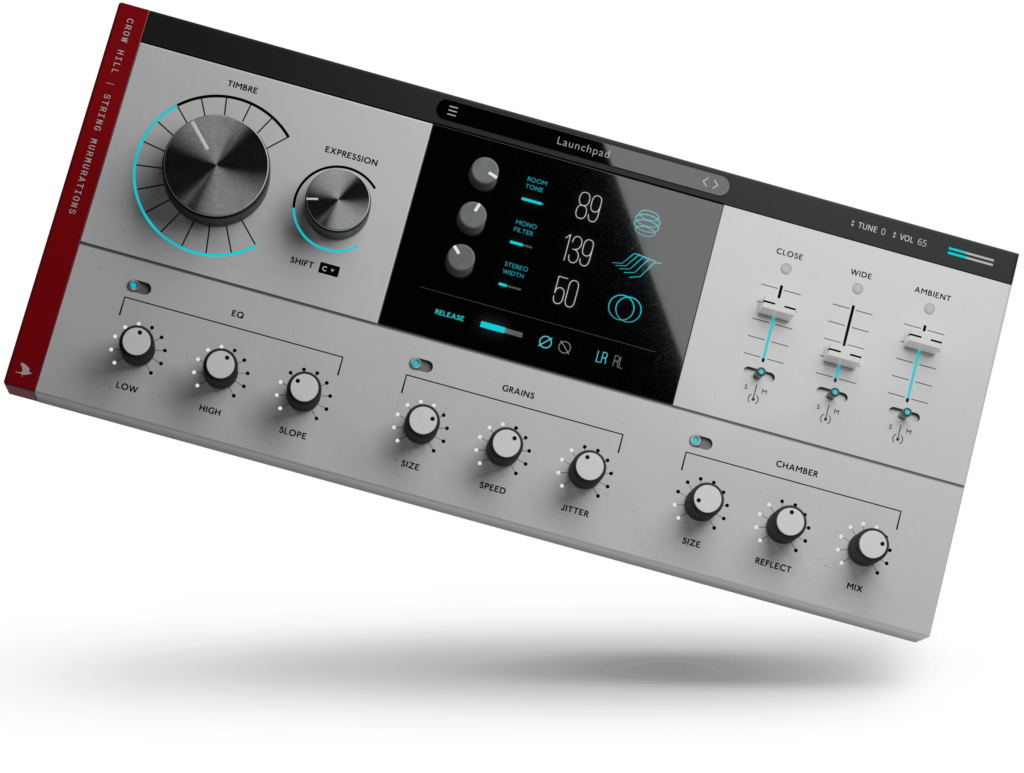
With a focus on capturing the subtleties of human performance, SMALL STRING GESTURES really invites you to create music that resonates with your own unique voice, without imposing it’s own signature too strongly.
There’s a real warmth and character of live performance that comes across in these samples, lots of expression and gesture! Which I’m really looking forward to using in my own compositions.

